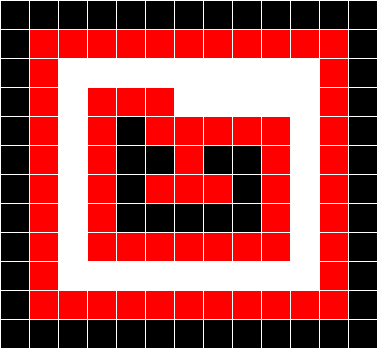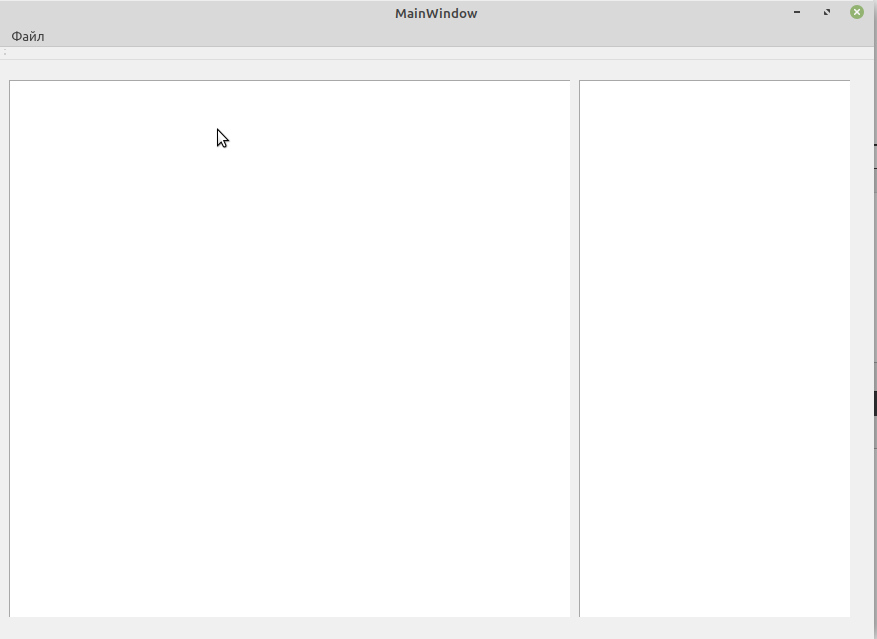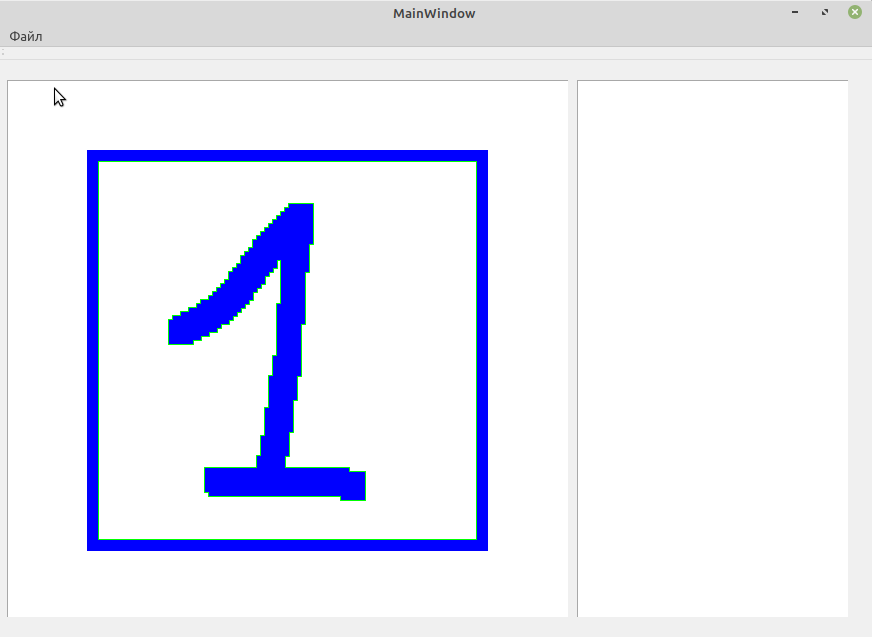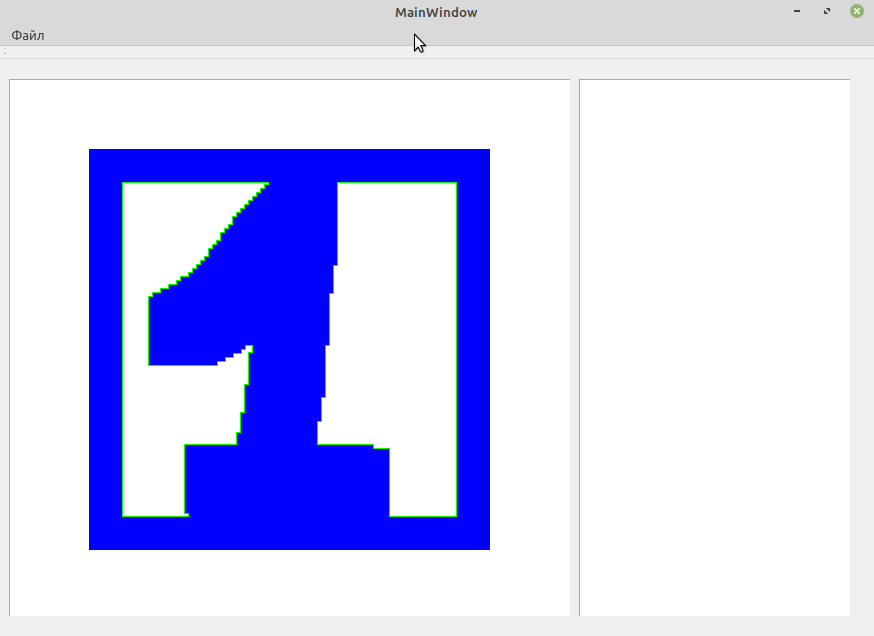
In the previous article we learned how to get the wavefront (red pixels) descriptors, in this article we will break down such a thing as wave memory.
In order to obtain a wavefront descriptor with minimal losses and in a simple way, it is necessary to enlarge the image by 3 or 4 times.
Theory
Let's say we have a two-color image. However, this is not a simple image, there are some difficulties in terms of getting around it.

, , , :

, .
, 3 , 33 .

, , ..
, , . ? , . , , . .

. ( ), . «1»

→

, . 3, 4 , . 22 , .
→ .

, . .

, . → .

. →.

Now we have already received as many as 3 contours! If we continue to click File → step, the outlines will disappear. When the contours disappear, then the calculation of the impending "waves" will end. For each path that can be traversed, a path handle is generated.
Let's take the same file, but this time click on the File → Scan menu.

The program will run until there are no white pixels left. In the right corner, we get a list of the various descriptors. These are descriptors of the front of a wave of neurons (which do not repeat). The green bar is the last waveform.
Next article here
Thanks for reading the article.